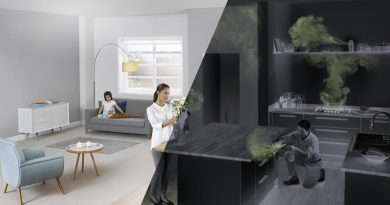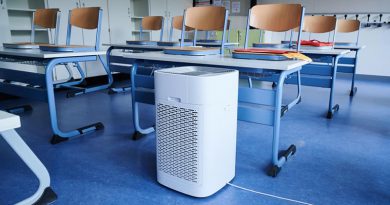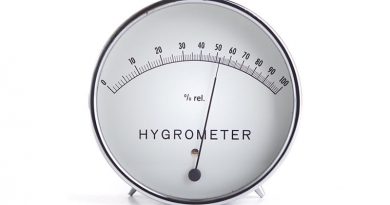Designing and Utilizing Energy-Efficient HVAC Systems
In today’s world, energy efficiency has become a crucial consideration in various aspects of our lives, including the design and utilization of HVAC (Heating, Ventilation, and Air Conditioning) systems. Energy-efficient HVAC systems not only reduce environmental impact but also provide significant cost savings for homeowners and businesses. In this article, we will explore the principles and strategies involved in designing and utilizing energy-efficient HVAC systems to create comfortable and sustainable indoor environments.
Proper Sizing and Load Calculation
One of the key factors in designing an energy-efficient HVAC system is ensuring proper sizing and load calculation. This involves accurately assessing the heating and cooling requirements of a building based on factors such as its size, insulation, orientation, and occupancy. By conducting detailed load calculations, HVAC professionals can determine the appropriate capacity of the system, avoiding oversized or undersized equipment that can lead to energy waste and inefficient operation.
Smart Thermostat Integration
Integrating smart thermostats into HVAC systems is an effective way to optimize energy usage. Smart thermostats utilize advanced sensors and algorithms to adjust temperature settings based on occupancy patterns, time of day, and weather conditions. This allows for precise control and the ability to create energy-saving schedules. By automatically adjusting temperature settings and utilizing setback or sleep modes, smart thermostats can significantly reduce energy consumption while maintaining comfort levels.
High-Efficiency Equipment Selection
Selecting high-efficiency HVAC equipment is essential for energy-efficient system design. Energy Star-certified heating and cooling units, such as furnaces, air conditioners, and heat pumps, meet stringent energy efficiency criteria and can deliver significant energy savings compared to standard models. Additionally, investing in equipment with variable-speed motors, advanced filtration systems, and integrated controls further enhances system efficiency and performance.
Proper Insulation and Air Sealing
Efficient insulation and air sealing play a crucial role in minimizing energy losses and ensuring the effectiveness of HVAC systems. Proper insulation, especially in walls, ceilings, and ductwork, helps prevent heat transfer and maintain stable indoor temperatures. Additionally, identifying and sealing air leaks in the building envelope and ductwork prevents unwanted air infiltration and improves system efficiency by reducing the need for excessive heating or cooling.
Regular Maintenance and System Optimization
Regular maintenance and system optimization are vital for maximizing the energy efficiency of HVAC systems. This includes routine inspections, filter replacements, cleaning of coils and vents, and calibration of controls. By keeping the system in optimal condition, potential issues and inefficiencies can be identified and addressed promptly, ensuring optimal performance and energy savings.
By implementing these strategies and principles, energy-efficient HVAC systems can be designed and utilized to create comfortable indoor environments while minimizing energy consumption and environmental impact. Incorporating smart technologies, selecting high-efficiency equipment, and focusing on proper insulation and maintenance are key steps toward achieving sustainable and cost-effective heating, ventilation, and air conditioning.




